MARKET OVERVIEW
The Global Musculoskeletal System Disorders market is a large segment of the healthcare market, focusing on bone, joint, muscle, ligament, and tendon disease. The diseases are typically disabling and chronic and include osteoarthritis, rheumatoid arthritis, osteoporosis, fibromyalgia, and neck and back pain. The disorders market will continue to grow with the help of demographic trends, medical innovations, and sophistication in treatment technology.
Musculoskeletal disorders form a huge burden on health care systems all over the world, and the market that they will be serving will be addressing an extremely wide range of therapeutic and diagnostic needs. Ranging from drug treatment and biologics to advanced diagnostic imaging and surgery, the market for the same will encompass very broad areas of medical specialty. It will include rheumatology, orthopedics, rehabilitation medicine, and even newer emerging interdisciplinary fields in which chronic musculoskeletal pain intersects with neurological or metabolic disease. The Global Musculoskeletal System Disorders market will extend far beyond traditional surgery and drug, reflecting broader health priorities emphasizing earlier intervention, patient education, and non-surgical treatment. With each new day, more and better knowledge of these diseases emerges, and the Global Musculoskeletal System Disorders market will be characterized by emerging new clinical practices aimed at individualized treatment.
Physicians will be looking for options that are more than suppression of symptoms to treat the etiology of inflammation and degeneration of the musculoskeletal system. Pharmaceutical and device firms will be busy with precision medicines and minimally invasive devices with improved patient outcomes without lengthy recovery periods. Diagnostics will be more specific, with imaging and biomarker testing utilized more for disease characterization and monitoring. Additionally, the Global Musculoskeletal System Disorders market will be an expression of the increasing worth of digital health and patient-centric care. Digital therapeutics, telemedicine services, and remote monitoring platforms to treat chronic musculoskeletal patients will begin to bring in a fresh layer of treatment ecosystems.
With patients increasingly demanding more efficient and convenient care, the market will transform to create opportunity outside of the hospital system. Specialty care, primary care, and allied health services for musculoskeletal health will be fueled by this transformation. Therapeutic intervention in the Global Musculoskeletal System Disorders market will need to be more attuned to an increasingly older and diverse patient base. Horizons for intervention will need to stretch beyond to include the patient's needs of the multi-morbid patient with musculoskeletal disorders and concurrent cardiovascular, metabolic, or psychiatric comorbidities. Multidisciplinary team care pathways incorporating physiotherapy, pain management, and medical intervention will become standard practice in complex cases.
Stakeholders will be forced to react to both the clinical and economic consequences of long-term disability, lost productivity, and reduced quality of life due to undertreated or untreated conditions. The Global Musculoskeletal System Disorders market will remain at the forefront of chronic disease management, disability prevention, and population health planning in the next few years. It will involve continuous discussion between patient groups, policymakers, pharmaceutical industries, and clinicians. Preparing for the evolving delivery of healthcare and new technologies applicable to musculoskeletal medicine, the industry will continue to shape the management of these prevalent but often underestimated diseases worldwide.
Global Musculoskeletal System Disorders market is estimated to reach $6,484.96 Million by 2032; growing at a CAGR of 6.9% from 2025 to 2032.
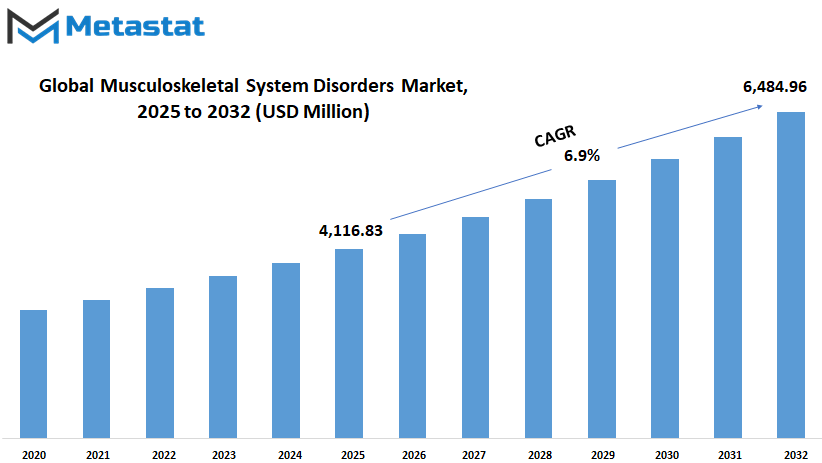
GROWTH FACTORS
The Global Musculoskeletal System Disorders market will see steady growth in the near future on the strength of numerous favorable drivers and imminent opportunities. The increasing numbers of people plagued by joint pain, backache, arthritis, and other such bone or muscular ailments are among the key drivers of this predicted growth. With lifestyles becoming increasingly sedentary and the population aging, demand for treatments and support systems has become a matter of urgency. All these healthcare trend shifts are likely to lead to more demand for physical therapies, surgery, and new-age medicines that will improve mobility and reduce chronic pain. Technology is also heavily influencing the future of this market. Improvements in medical imaging, wearable movement-tracking devices, and robotic surgery are transforming how doctors diagnose and treat musculoskeletal disorders.
These technologies are increasingly becoming accessible, improving patient outcomes, and allowing health workers to provide better care. With more awareness and increased access to healthcare in many parts of the world, more people will present themselves for treatment, and this will continue pushing the market further. There are, however, some issues too that are damping this growth. Extremely high costs of treatment and poor accessibility of trained healthcare experts in some locations can make it even more challenging for patients to get timely and effective treatment. In addition to this, late diagnosis or merely primary care given in some places can hinder cure and well-being, which may have an unpleasant impact on the development of the market.
Complications of surgeries and prolonged treatments also pose a risk, and they might lead to uncertainty on the part of patients and impact the level of confidence patients have in medical treatment. All the same, there continue to be emerging opportunities. Breakthroughs in biologic treatment and personalized medicine hold tremendous potential for the Global Musculoskeletal System Disorders market. These methods focus on tailoring treatments to specific needs, which may result in faster healing and better long-term results. Artificial intelligence being applied to predict conditions before they get out of control is another technology that can potentially revolutionize care.
With constant nourishment from research and growing investment in health tech, these advancements will enhance treatments and possibly even prevent some disorders altogether. With more players entering the field and governments taking a stake in public health programs, the Global Musculoskeletal System Disorders market will open new fields of growth and development.
MARKET SEGMENTATION
By Type
The Global Musculoskeletal System Disorders market will keep expanding as more emphasis is placed on long-term health and quality of life. With people living longer, bone, muscle, and joint conditions are increasingly prevalent. This movement of attention toward chronic condition management and maintaining the ability to move has already built a demand for improved treatment. With time, the need for higher-level therapies and quality care for musculoskeletal disorders will influence how healthcare systems deal with patient demands. From a consideration of the future of this market, it is easy to visualize the manner in which various categories of musculoskeletal disorders will inform medical strategies and research activity.
Diseases such as osteoarthritis and rheumatoid arthritis are already well known, and their increasing influence will compel new treatment methods that minimize pain and enhance daily function. Spondylarthritis and psoriatic arthritis, which involve the spine and skin in addition to joints, will most likely need concerted efforts from various branches of medicine. Fibromyalgia, with its myriads of symptoms such as pain and fatigue, will also be propelling research for more efficient and targeted relief. Another disease that will receive increasingly more attention is juvenile idiopathic arthritis. It exists in children and can restrict their mobility and growth early in life.
With growing personalization in healthcare, the push will be to identify such disorders at an earlier stage and provide age-tailored therapies that facilitate normal development. It will be attempted to not just manage symptoms but also avert long-term issues. Other conditions in this segment, while less popularly discussed, will, nonetheless, be contributing to what influences physicians and firms to structure treatments that not only target typical disorders but rare ones as well. In the future, there will be a greater relationship between technology and medicine in this marketplace. Examples of these types of innovations are wearable devices monitoring joint movement, symptom management through apps, and imaging and diagnosing tools allowing for improved ability to image and diagnose. Such tools will assist patients in assuming control of care and enable physicians to develop more precise treatment strategies.
With additional data, treatments can be more finely tuned to individual individuals, providing enhanced outcomes over time. As demand for long-term mobility and comfort grows, so too will the Global Musculoskeletal System Disorders market. Early detection, improved support, and new solutions will define a future were dealing with such conditions is more effective and less invasive to everyday life.
By Treatment Type
The Global Musculoskeletal System Disorders market shall witness considerable growth in the near future since growing awareness, enhancing treatment, and the rising number of patients having such related diseases shall drive its demand. Joint, bone, and muscle ailments become more serious issues as individuals age. Thus, there is an increased requirement for addressing the associated problems that include joint, bone, and muscles. Hence, there shall be a rising demand for functional and diverse kinds of treatments. Across the world, musculoskeletal health is gaining importance not only among the elderly but also among younger patients with sports injuries, physical exhaustion, and posture-related problems. These problems are forcing the healthcare sector to fight back with better care measures. On the basis of types of treatment, the market is mostly divided into medication, therapy, surgery, and others.
Even though such measures are effective to bring rapid relief, they are normally employed as part of a complete treatment. Therapy also forms a part of the situation. Physical therapy facilitates the re-establishment of mobility and power, and as such, benefits those who are recovering from hurt or seeking to cope with persistent disease without needing invasive means. The demand for non-surgical methods is only going to increase, especially given that technology and education continue to improve the rate of success with treatment modalities. Surgery remains an option, though, particularly in more severe cases or if other treatments fail. Technological improvement in surgical instruments and surgical procedures allows for faster healing and reduced complication risk for patients. Less invasive surgery is being done more and more, and this trend can be expected to grow as hospitals and clinics look to reduce downtime and increase patient outcomes.
These can involve regenerative medicine, wearable support devices, or custom exercise regimes. These methods indicate where the Global Musculoskeletal System Disorders market is evolving to meet present needs and demands. The future is more geared toward patient centrality where treatment choice is done with a case condition, age, lifestyle, and outcome expectations when recovered. The Global Musculoskeletal System Disorders market is ready to be much more dynamic and responsive to technology and medical knowledge changes. With people monitoring their health more closely and medical professionals delivering more specialized care, this market is on the verge of a future where treatment is not just more advanced, but also more accessible and tailored.
By End User
From a patient's point of view, while analyzing the market, it can be categorized based on the end-users into ambulatory surgical centers, hospitals, and other health centers. Traditionally, hospitals have been involved in the management of musculoskeletal disorders as they have specialists, advanced machines, and rehabilitation services under one roof. They provide both non-surgical and surgical procedures, which help deal with complex cases that require several treatments. Hospitals will continue being at the hub of this industry because of their ability to take care of huge numbers of patients and provide care without interruption. Ambulatory surgery centers, nonetheless, are becoming increasingly popular since they are convenient and their services are cheap. The centers allow patients to receive treatment and return home the same day, which is very appealing to those who prefer quicker recovery and fewer days off from their routine.
They offer specialized procedures, and with advancing technology, these centers will become even more efficient in performing various musculoskeletal treatments. This will draw more patients to such centers, increasing this segment in the market further. Specialty clinics, rehabilitation centers, and home healthcare services are other end users. Such facilities are also becoming widespread because healthcare is turning towards convenient individualized care for patients.
For example, the chronically affected musculoskeletal disorders individuals will choose daily therapy at home or a neighbourhood clinic rather than continually going to and from the hospital. This choice makes available long-term treatment plans tailored to each patient's condition and way of life. More advanced wearable devices and remote monitoring instruments will make these disorders more effective and acceptable to control outside the hospitals.
The Global Musculoskeletal System Disorders market will continue to increase in the years to come as healthcare systems are adapted to fulfil changing patient needs. Better technologies, more accessible treatments, and greater awareness of these conditions will impact the delivery of care. All of the end user groups will have a unique contribution, and together they will play a part in addressing the growing demand for musculoskeletal care worldwide.
|
Forecast Period |
2025-2032 |
|
Market Size in 2025 |
$4,116.83 million |
|
Market Size by 2032 |
$6,484.96 Million |
|
Growth Rate from 2025 to 2032 |
6.9% |
|
Base Year |
2024 |
|
Regions Covered |
North America, Europe, Asia-Pacific, South America, Middle East & Africa |
REGIONAL ANALYSIS
The Global Musculoskeletal System Disorders market is likely to experience a consistent change over time, fuelled by advances in medicine and increasing awareness in various regions. Geographically, this market is distributed across North America, Europe, Asia-Pacific, South America, and the Middle East & Africa. All these regions have a distinct role to play in determining the direction of the market, based on healthcare infrastructure, government policies, and patient population.
North America, encompassing the U.S., Canada, and Mexico, is most likely to continue being a top contributor. The dominant role of key healthcare providers, favorable insurance frameworks, and the increasing number of elderly people in the U.S. are trends which will most probably keep pumping growth. Canada and Mexico, though expanding at varying levels, are also experiencing an upsurge in demand for enhanced musculoskeletal care, potentially creating greater opportunities for investment and innovation. Within Europe, the UK, Germany, France, and Italy will also continue investing in new procedures and advanced diagnostics. The aging population is the key driver in these nations, with more individuals seeking long-term solutions to chronic joint and bone disorders. The Asia-Pacific region, comprising India, China, Japan, South Korea, and others, is expected to exhibit rapid development in this market.
Demand for treatment is expected to increase as healthcare access increases and awareness is raised. Japan and South Korea already possess well-developed medical systems, whereas India and China are developing them at a high pace. Domestic producers and multinational corporations may give more importance to these nations in order to cope with the growing demand and provide cost-effective solutions. South America, including Brazil and Argentina, is slowly starting to take initiative in this sector. Though issues such as economic uncertainty are present, there is also a push to enhance healthcare services, which can help sustain future market growth. The Middle East & Africa region, including the GCC Countries, Egypt, and South Africa, will also contribute more in the future. More investment in healthcare, combined with an increasing demand for treatment of musculoskeletal conditions, will create new opportunities. As these regions pay greater attention to enhancing medical access and infrastructure, they will have a greater influence on global trends. As healthcare expands and evolves globally, the Global Musculoskeletal System Disorders market will develop to meet both the present demands and expectations for improved patient care.
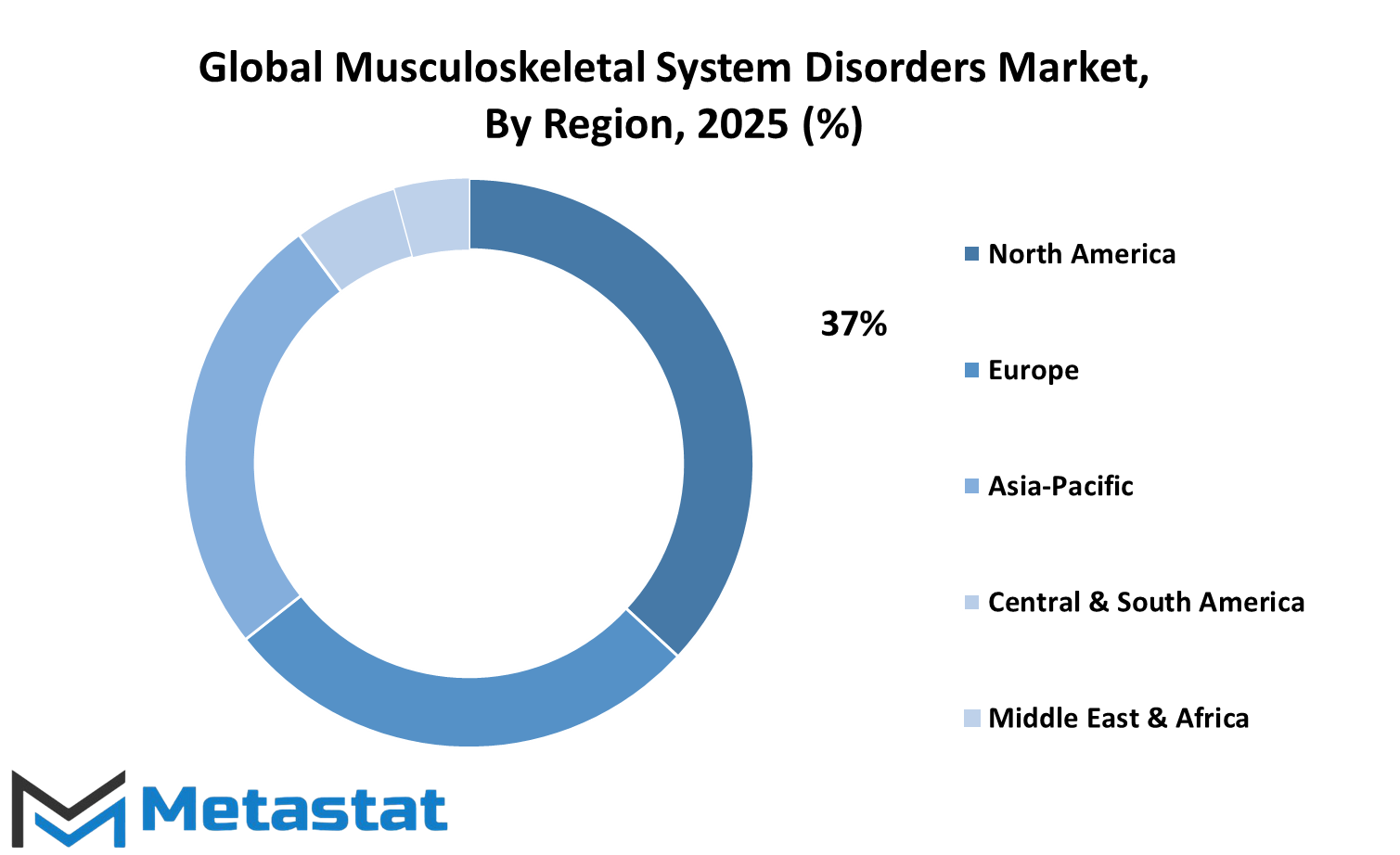
COMPETITIVE PLAYERS
The Global Musculoskeletal System Disorders market is slowly gaining more attention because of increasing health issues and changing lifestyles that lead to bone and joint disorders. As populations age and daily routines become increasingly sedentary, the need for treatments and solutions for these disorders will continue to increase steadily. Individuals are becoming more and more conscious about the necessity of early diagnosis and appropriate treatment, and this will propel both research and the development of new technology in the sector. The demand for efficient therapy methods which can relieve pain, enhance mobility, and facilitate long-term recovery is driving the way companies design future plans.
Some of the leading names include OrthoTrophix, Inc., Zimmer Biomet Holdings, Inc., Stryker Corporation, Amgen Inc, Johnson & Johnson via DePuy Synthes, and Eisai Co., Ltd. These firms are always investing in high-level research, which is in turn making higher and more efficient products available to those in need. The market also has input from Astellas Pharma Inc., Globus Medical, Inc., AstraZeneca, Pfizer Inc., NuVasive, Inc., Arthrex, Inc., Abbvie Inc., B. Braun Melsungen AG, and Exactech, Inc. Their entry into the market contributes to the competitive level of the market and drives innovation forward. What is most notable about these companies is not only their experience but their openness to discovering new ideas that can transform the way musculoskeletal disorders are treated.
Most of them are developing approaches that can eliminate or minimize the use of surgery or accelerate recovery. Others are leveraging digital solutions to track a patient's recovery or anticipate issues prior to their occurrence. As technology advances, these techniques will probably become more precise and convenient to apply. That will not only benefit doctors but also enhance the well-being of patients.
In the future, the Global Musculoskeletal System Disorders market will probably be influenced by developments in medical research, increased access to healthcare, and the increasing role of technology. Competitive players will have to pay even greater attention to partnerships, individualized care solutions, and products that can be used both in clinics and in the home. As awareness of public health increases, these businesses will be central to ensuring individuals have access to the support and treatment they require to remain active and pain-free.
Musculoskeletal System Disorders Market Key Segments:
By Type
- Osteoarthritis
- Rheumatoid Arthritis
- Spondylarthritis
- Juvenile Idiopathic Arthritis
- Psoriatic Arthritis
- Fibromyalgia
- Others
By Treatment Type
- Medication
- Therapy
- Surgery
- Others
By End User
- Hospitals
- Ambulatory Surgical Centers
- Others
Key Global Musculoskeletal System Disorders Industry Players
- OrthoTrophix, Inc.
- Zimmer Biomet Holdings, Inc.
- Stryker Corporation
- Amgen Inc
- Johnson & Johnson (DePuy Synthes)
- Eisai Co., Ltd
- Astellas Pharma Inc.
- Globus Medical, Inc.
- AstraZeneca
- Pfizer Inc.
- NuVasive, Inc.
- Arthrex, Inc.
- Abbvie Inc.
- B. Braun Melsungen AG
- Exactech, Inc.
WHAT REPORT PROVIDES
- Full in-depth analysis of the parent Industry
- Important changes in market and its dynamics
- Segmentation details of the market
- Former, on-going, and projected market analysis in terms of volume and value
- Assessment of niche industry developments
- Market share analysis
- Key strategies of major players
- Emerging segments and regional growth potential



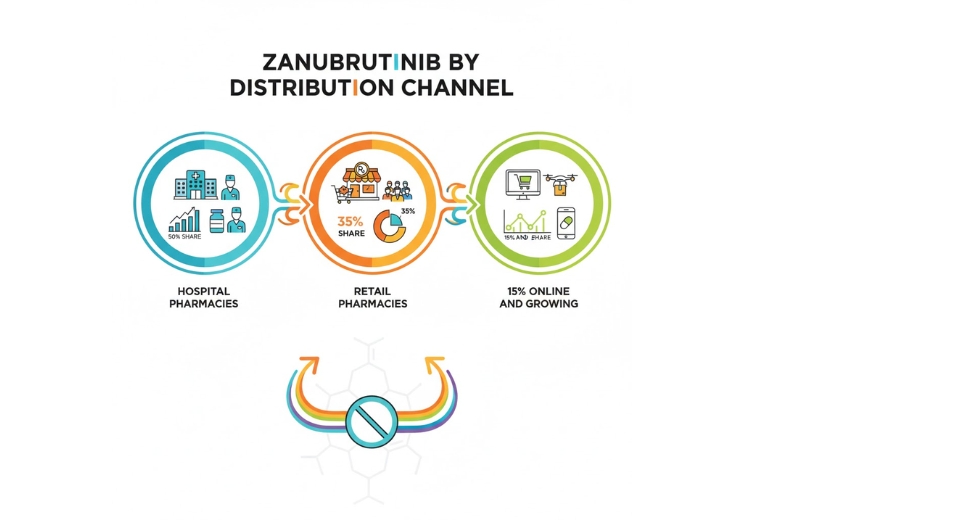
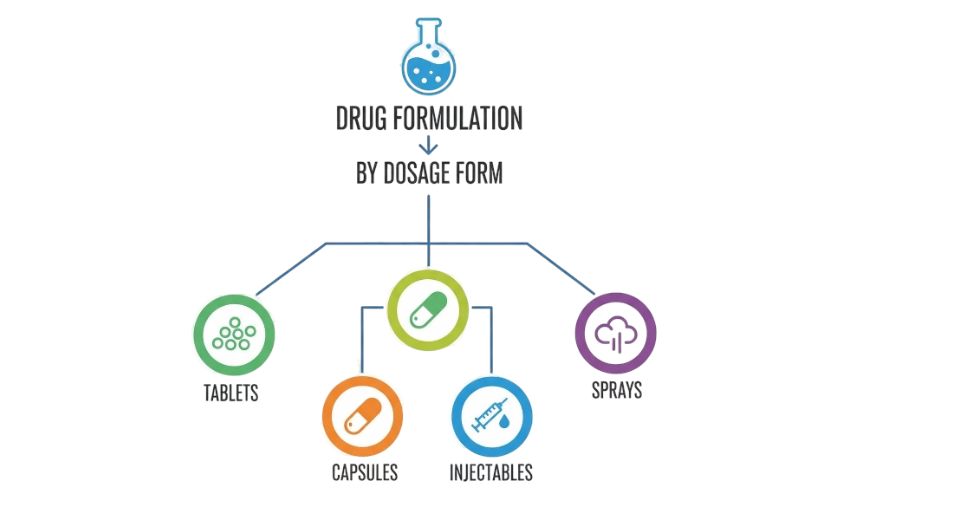
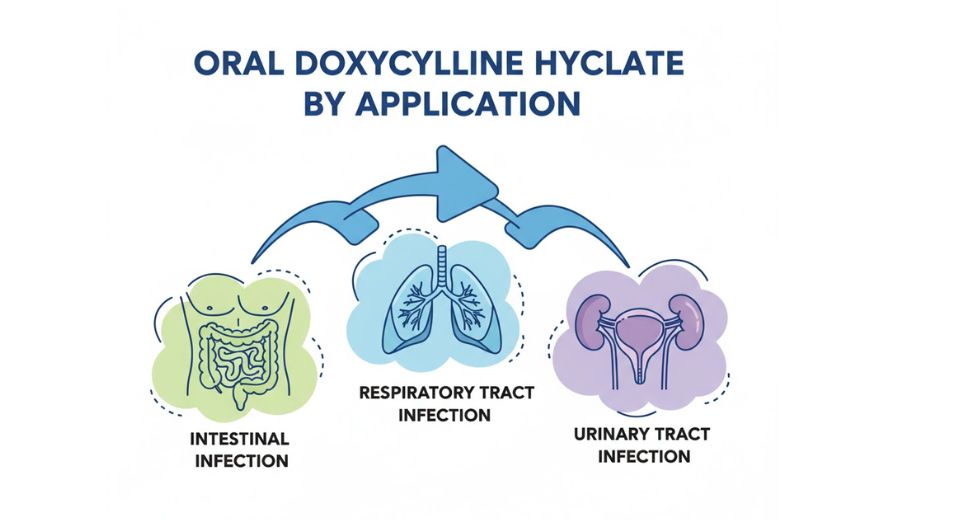
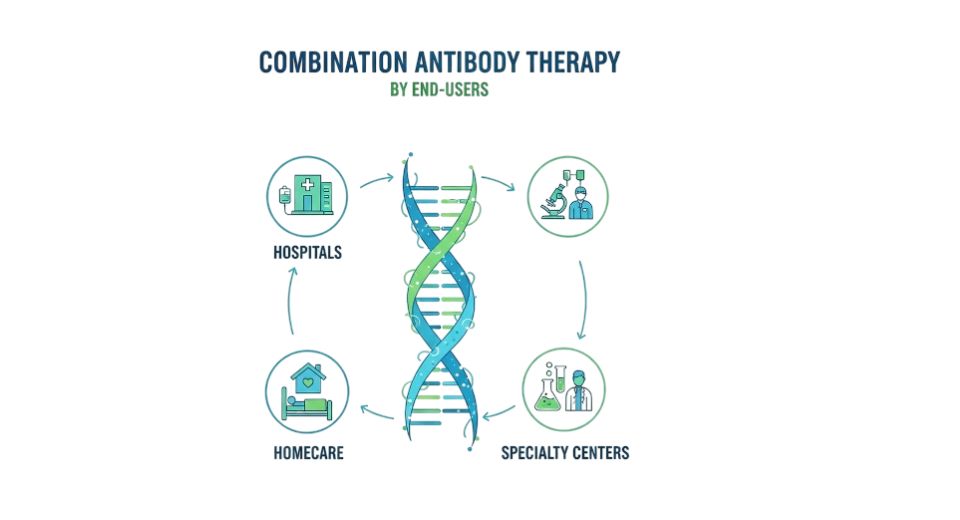

 US: +1 3023308252
US: +1 3023308252






